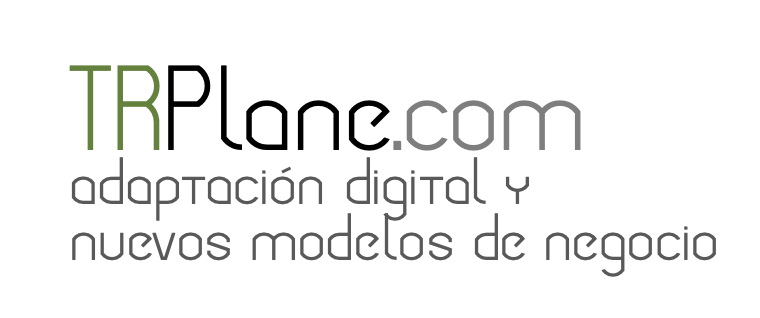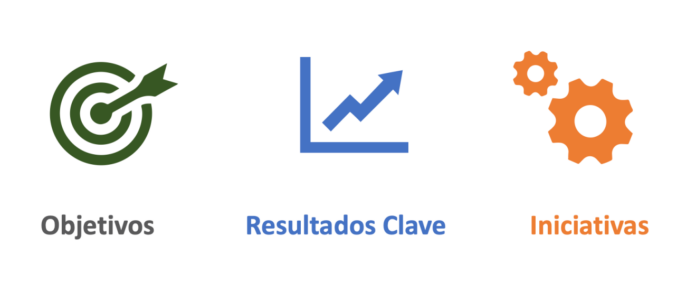OKR is the acronym for Objectives and Key Results. It is a goal-setting framework used by individuals and teams. What sets OKR apart from other goal setting frameworks like KPIs is that it offers the opportunity to set ambitious and challenging goals.
-
Misuse of Key Objectives (OKR)
Since their invention by Intel in the late 70s, Objectives and Key Results (OKRs) have become popular in the market among organizational managers. -
What is an OKR?
OKR (Objectives and Key Results) is a robust framework used by companies to plan, track and measure progress. When looking to set goals and key results for your teams, the OKR structure is one of the best frameworks to use. -
-
OKR Management Applications
Ever since Intel implemented the OKRs model, passing through its adoption by Google, and later assumption by many successful organizations, technology has accompanied this model in such a way that this practice allows the disclosure, alignment and transparency of personal OKRs, aligning them with those of the company, correct them and carry out a timely follow-up of them. -
Steps in the Integration of the OKR Model (1 of 3)
OKR is a simple and easy framework that anyone can structure and optimize for their teams. Once you understand what makes good and bad targets, there is no limit to the number of OKR structures you can create. It is possible to express OKR with affection applications or spreadsheets, but what is important is the process of defining each one of them. -
Steps in the Integration of the OKR Model (2 of 3)
OKR is a simple and easy framework that anyone can structure and optimize for their teams. Once you understand what makes good and bad targets, there is no limit to the number of OKR structures you can create. -
Steps in the Integration of the OKR Model (3 of 3)
OKR is a simple and easy framework that anyone can structure and optimize for their teams. Once you understand what makes good and bad targets, there is no limit to the number of OKR structures you can create.




